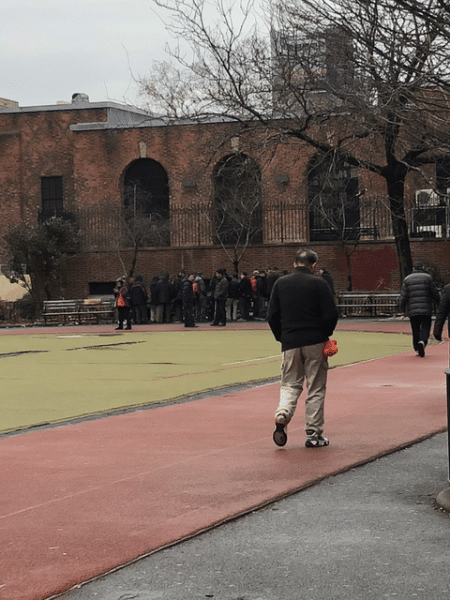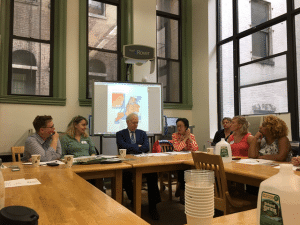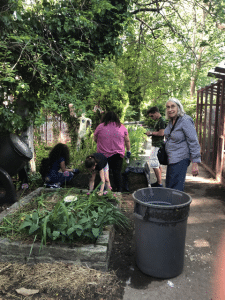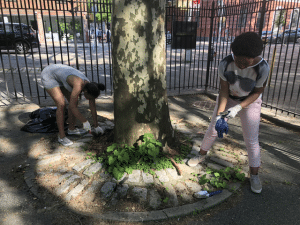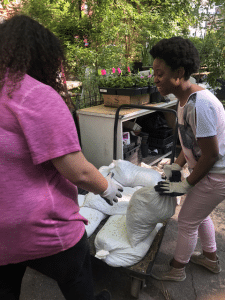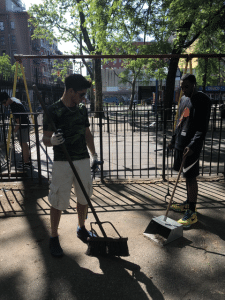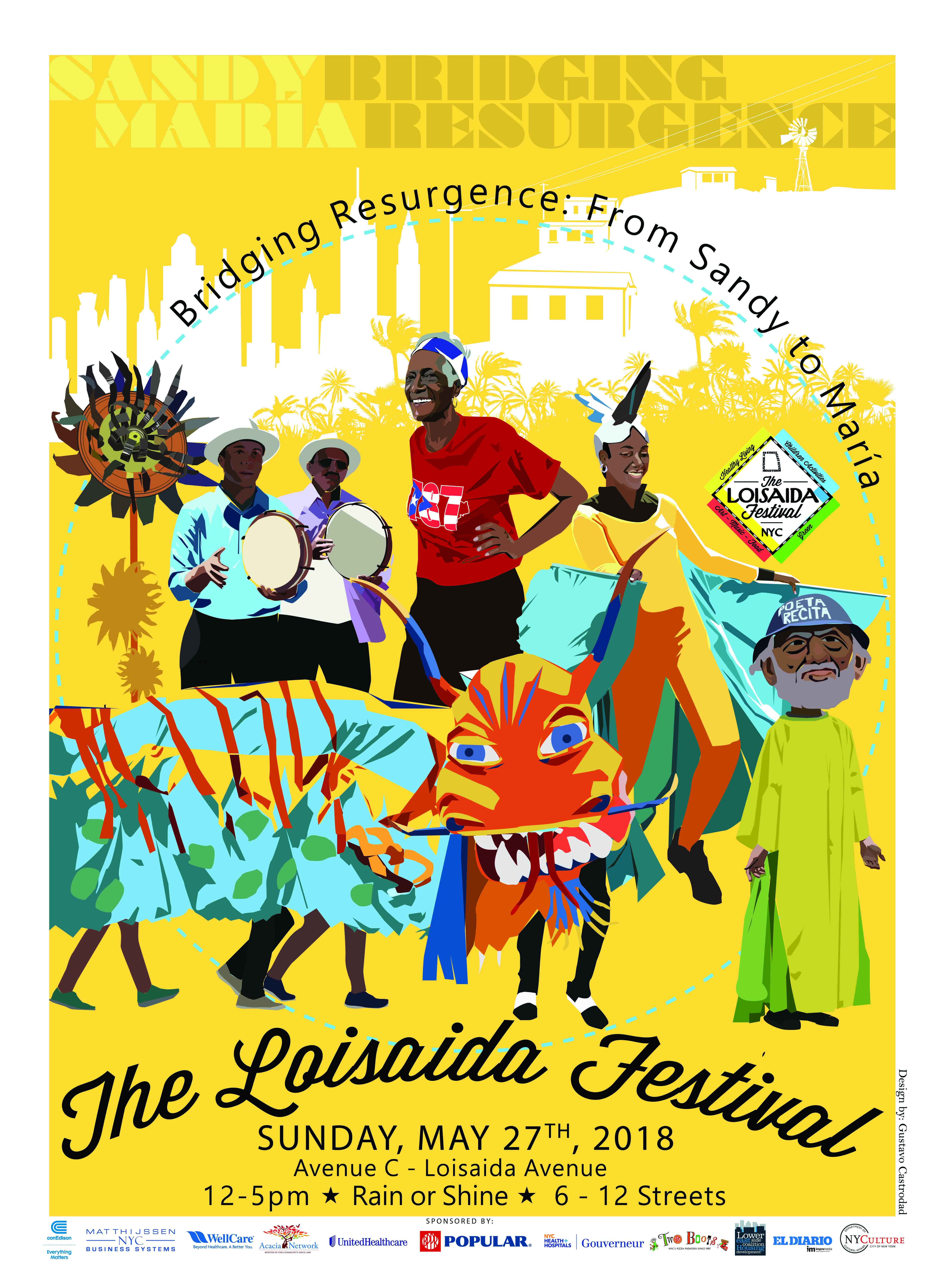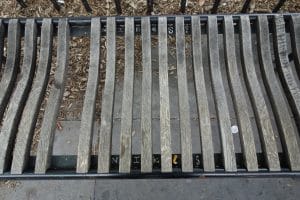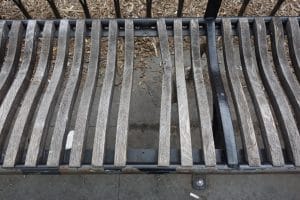Roni-Sue’s Chocolates Rejoining the New Essex Street Market AND Staying on Forsyth Street (Whew)
From the Lo-Down
“Roni-Sue’s Chocolates was one of the first businesses to take a chance on the Essex Street Market when it was on the upswing a decade ago. She started the candy store from scratch in 2007, making chocolate from a tiny stall in the back of the market. Owner Rhonda Kave had opened a larger shop and production facility on Forsyth Street in 2013….Kave is returning to her roots, while keeping the main shop at 148 Forsyth open.”


